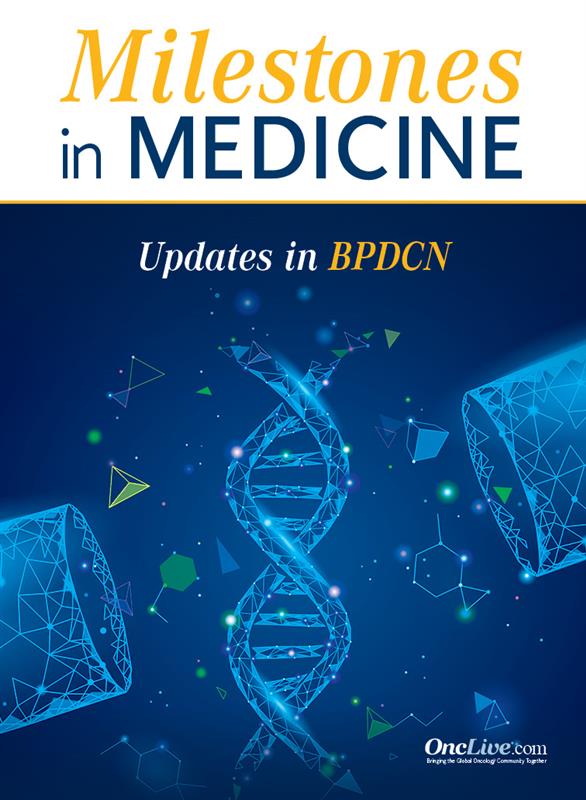Publication
Video
Dr. Khoury on the Importance of Differentiating Between BPDCN and AML
Author(s):
Joseph D. Khoury, MD, discusses the importance of differentiating between blastic plasmacytoid dendritic cell neoplasm and acute myeloid leukemia.
Joseph D. Khoury, MD, professor, Department of Hematopathology, Division of Pathology/Lab Medicine, executivedDirector, MD Anderson Cancer Network, Division of Pathology/Lab Medicine, The University of Texas MD Anderson Cancer Center, discusses the importance of differentiating between blastic plasmacytoid dendritic cell neoplasm (BPDCN) and acute myeloid leukemia (AML).
Since BPDCN is a relatively newer and rarer malignancy that received its own category from the World Health Organization in 2016, it is important for clinicians to understand the biologic differences between BPDCN vs AML and other malignancies. Since approximately 80% of patients with BPDCN present with skin lesions, pathologists will sample those lesions, as well as collect a bone marrow sample for evaluation, which is important since patients may present with leukemic symptoms, Khoury says.
Testing of skin lesions involves immunohistochemistry, which looks at the expression of specific proteins on the cells that are infiltrating the skin. The presence of CD123 is required for a diagnosis of BPDCN; however, that marker alone is not enough to confirm BPDCN, Khoury says. CD123 much be used in conjunction with other markers, such as TCF4, CD4, CD56 and TCL1, to confirm a diagnosis of BPDCN and exclude the possibility that that CD123 expression may be a feature of AML.
When testing a bone marrow sample, flow cytometry can be used in conjunction with immunohistochemistry or on its own. Flow cytometry allows pathologists to determine the expression of proteins on tumor cells, and a screening panel of markers can help determine if a patient has AML, acute lymphoblastic leukemia, or another malignancy.
However, not all current screening panels include CD123. If CD123 is not a part of the initial assessment, other markers could lead to a misdiagnosis of AML, according to Khoury, who adds that pathologists have advocated for the inclusion of CD123 in all screening panels.
Screening panels at academic centers will likely included CD123, but at reference labs and other places that conduct a high volume of flow cytometry screenings, the lack of CD123 on screening panel could prevent a patient from being properly diagnosed with BPDCN, Khoury concludes.










